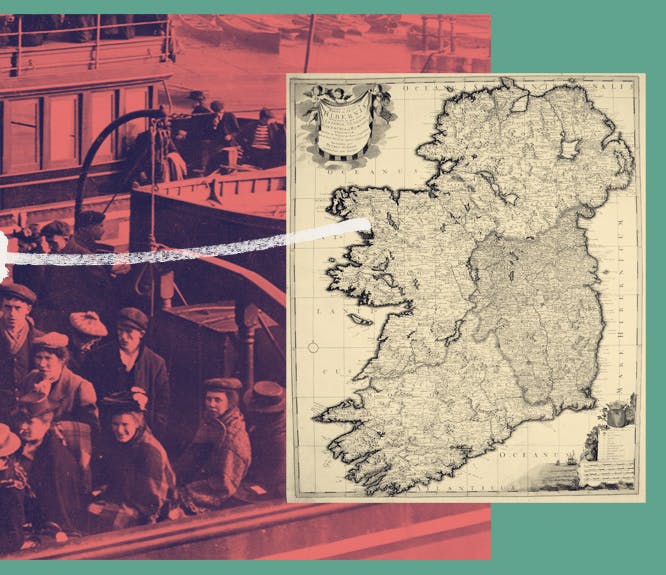The travel records that could reveal hidden pieces of your family story
4-5 minute read
By The Findmypast Team | August 5, 2020

Your family's journeys around the world generations ago were probably tough. Finding the details behind them doesn't have to be.
Passenger lists, passport applications, naturalisations and other travel-related documents are unique family records. They connect you not only to the past but to your ancestors' incredible journeys between countries and continents. They can give you a glimpse of your distant roots and cast light on a family story which might be more diverse and fascinating than you'd ever imagined.
Below is a small sample of our extensive travel records collection, highlighting some of the genealogical gems you may have overlooked.
Index to Register of Passport Applications 1851-1903
Sometimes, a relative can appear to drop off the radar in your family research. Could this be because they've travelled overseas? These applications could hold the clues you need to get back on track.
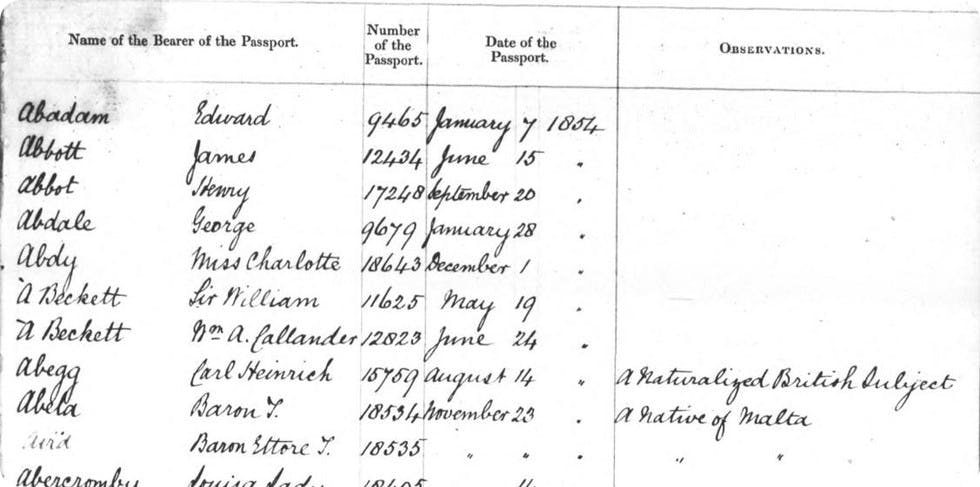
The amount of information in each record varies but should include:
- Your ancestor's name
- Their passport number
- When the passport was issued
- Any observations made by officials during the application
There are about 360,000 men and women recorded in this set, but remember, before 1914 passports weren't obligatory for travel. They indicated that the bearer could travel without hindrance however, your ancestor could still have emigrated without one.
Canadian Emigration: 1826 Parliamentary Papers
This unique collection includes the correspondence between the British government and Governor-General of Canada regarding the settlement of poor Irish people in the Newcastle District, Upper Canada in 1826. The paper and supporting documents were requested by the Commons, as the project had been publicly funded.
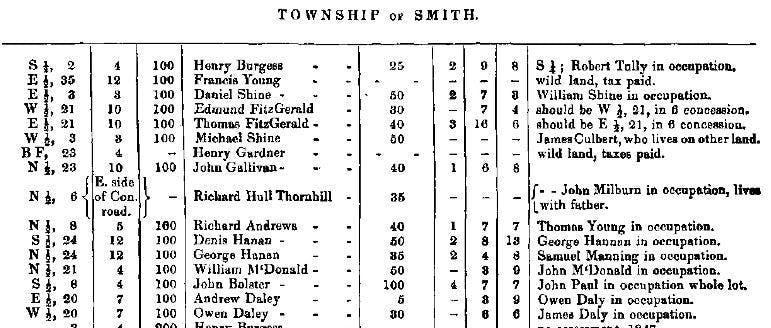
The records contain details both on the lots allocated to the settler in question, and the settlers themselves. These include
- The settler's name
- The number of people in their family
- Details about their land including the lot number, concession and acreage
- The number of horses and horned cattle on their plot
- The number of occupants already on their lot
- The relationship between those occupants and the settlers, and other critical details.
If your Irish family emigrated to Canada in the first half of the 19th century, these unique records could hold clues about the new life that awaited when they got there.
Virginia, Early Immigrants 1623-1666
This amazing record set covers early immigrants to the New World and is a must for anyone tracing family members who settled nearly 400 years ago. Most immigrants to early Virginia were either indentured servants or convicts. In 1618, Virginia had adopted the headright, which allocated fifty acres for each settler.
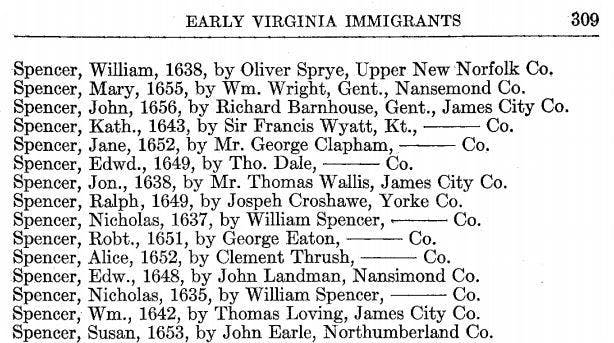
Many unemployed and unskilled labourers couldn't afford their passage. Instead, it was paid for them if they signed a contract agreeing to become a servant for four to seven years. The land belonged to the man who paid the passage, rather than the immigrant themselves – and records of these sponsors are included.
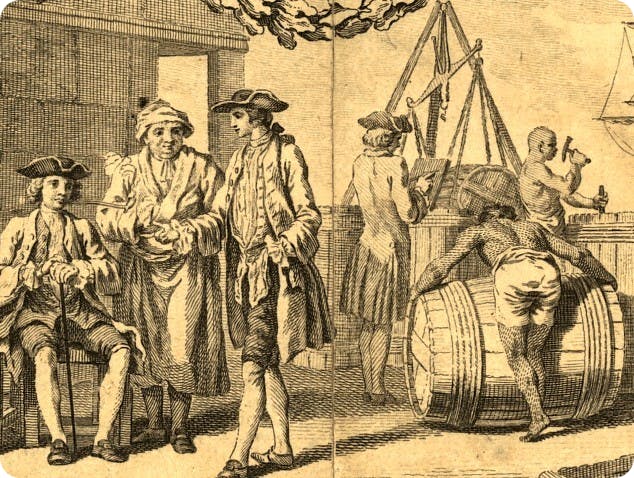
In addition to those who moved voluntarily, large numbers of convicts, prostitutes and prisoners of war were transported by force.
Queensland Ship Deserters 1862-1911
This fascinating collection covers deserters from (mainly immigrant) ships bringing passengers to Queensland, Australia. The youngest person recorded was an eight-year-old boy from the Samoa named H. McNeil who deserted in August 1899, while the eldest was 68-year-old W.O. Tool, who deserted from the Dharwar in September 1889.
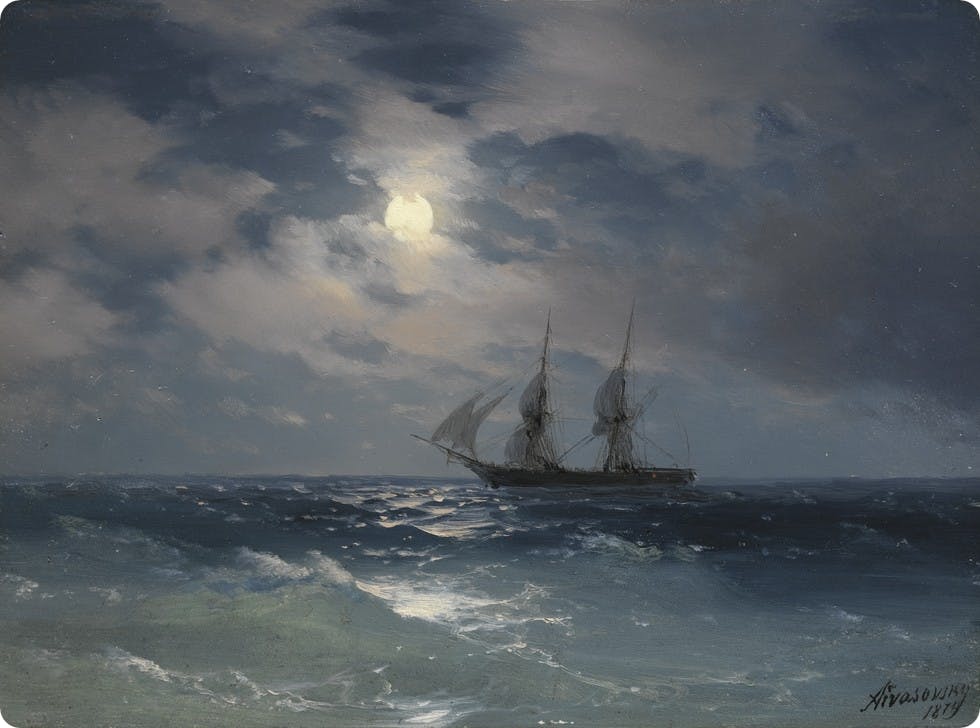
The records for deserters include their surname, sometimes also their given name(s) but more frequently initials, and usually, their age, ship, their occupation aboard, the date they deserted the ship, and additional remarks – such as the punishment they received.
Hamburg, Germany Emigrants
Thousands of emigrants made the the arduous journey from Hamburg to Australia or New Zealand in the second half of the 19th century. If your ancestor is one of them you might find them in this useful collection.
If you pinpoint your family member, you'll get extensive details on them and their journey including:
- Their name, age and gender
- The year they arrived in Australia or New Zealand
- The ship's name, where it left from and arrived into
Britain, Royal African Company 1694-1743
Published online in partnership with The National Archives and free to search and view, this collection of passenger lists and other travel records shines a light on a disturbing piece of history.
The Royal African Company was instrumental in the slave trade between West Africa and the British colonies in America. In the records, you'll find the names of the men, women and children brought between continents for trade as well as freemen of the company and British soldiers who travelled with them.
Dominican Republic Miscellaneous Records, 1921-1980
Residency permit requests, immigration tax exemption requests, firearm permit renewals, passenger arrival and departure lists, and immigration-related correspondence records. They're all included in this eclectic collection from the Dominican Republic.
United States Naturalization Petitions
Spanning from 1905 to 1950, these records reveal the human stories behind a key era in America's immigration history.
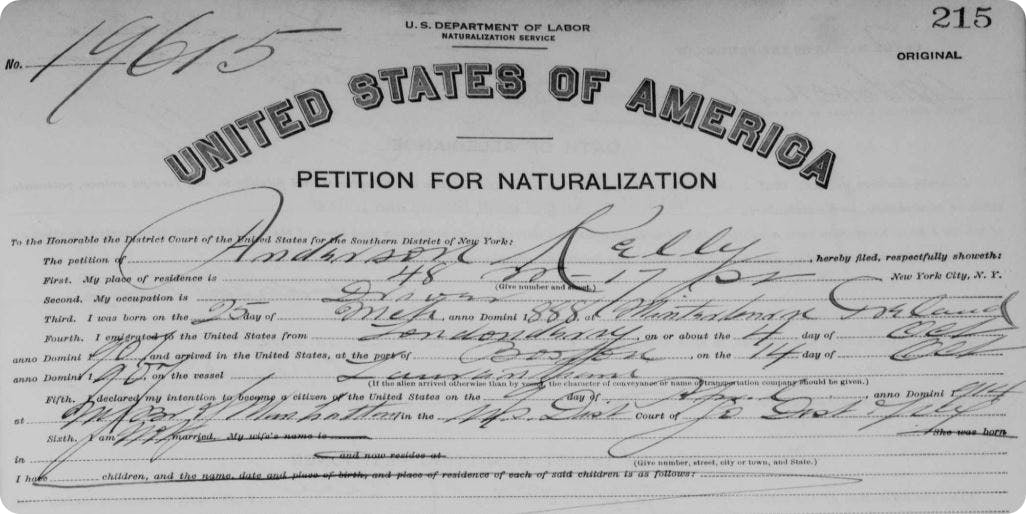
Over 8 million entries are included in this mammoth collection covering the states of Connecticut, Massachusetts, New York, and Pennsylvania. In the records, you can learn essential family tree information like names and dates of birth. Plus, could uncover detail you won't get anywhere else like certificates of arrival and in some cases, even photos.
If you've got a story about your ancestors' travels that you'd like to share, we've got a community of like-minded individuals who'd love to hear about it. Reach out to Findmypast Forum members where you can make new connections, get family tree help or join the genealogy conversations.
Related articles recommended for you
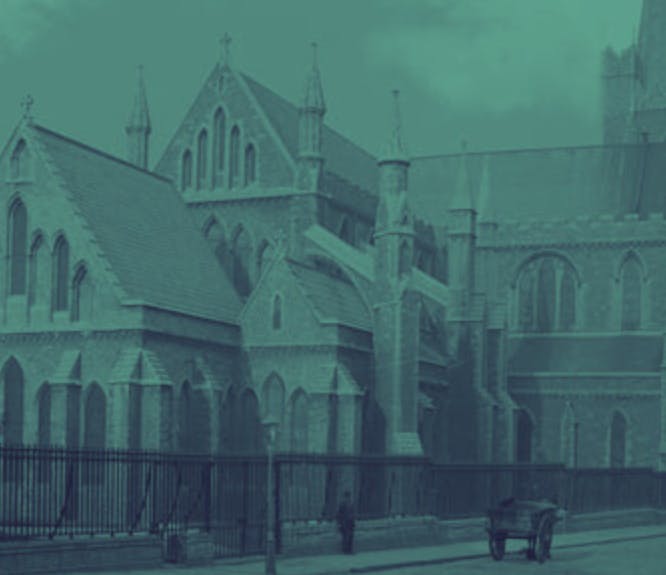
Irish family history and minority religions in Ireland
History Hub
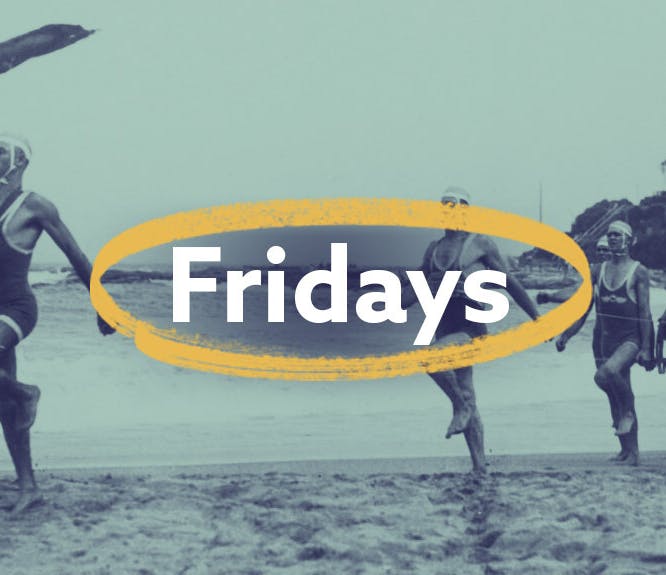
New additions from Auckland to Ahmedabad...
What's New?

Taylor Swift’s family tree shines with love, heartbreak and the triumph of the human spirit
Discoveries
